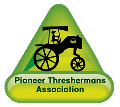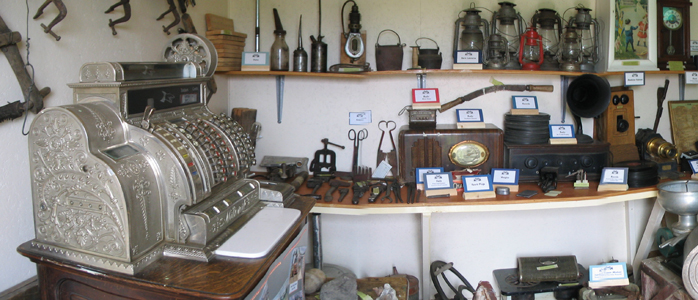Artifacts Museum
The museum has a large collection of agricultural machinery and historic buildings. Tractors from 1919 to 1930 are still in running condition. Other farm equipment includes combines, balers, threshers and vehicles.
The sawmill is also in working condition. There is a blacksmith shop, a log house and a church. Other buildings include a large hall and a flour mill.
The museum building contains smaller acquisitions such as tools, an adding machine and more.
For viewing/possible tours, by appointment only.
Contact Betty Claydon
email: pt.museum@yahoo.ca
Artifacts
At our artifact museum you’ll be able to find various tools and equipment that was surely considered state of the art in technology at one point in history.
And although these tools are no longer the latest in what technology has to offer, it is important to appreciate their value and especially the process of invention and improvement of which they are all a part.
Below is a sample and explanation of some of the things in our collection:

Kitchen Stove
A kitchen stove, usually called a stove is a kitchen appliance designed for the purpose of cooking food. Kitchen stoves rely on the application of direct heat for the cooking process and may also contain an oven, used for baking
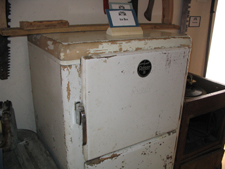
Ice Box
You might be thinking, “why would people need blocks of ice?” The answer is, for their ice boxes. Before electric refrigerators, ice boxes (coolers, really) were used to preserve and store food stuffs. Putting a block of ice in the upper section of the ice box would keep cool the food in the lower section.
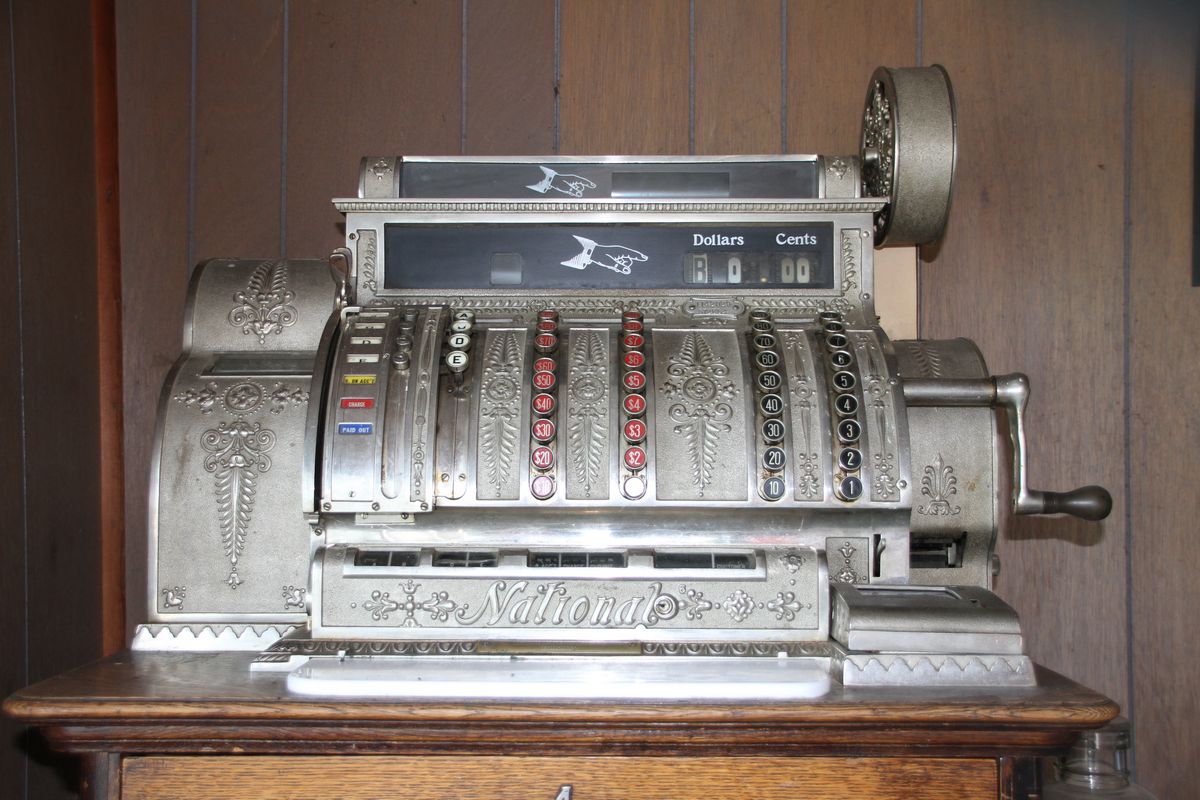
Cash Register
This fancy cash register was most likely used in a big department store.
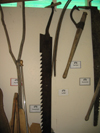
Ice Saw
People living in rural areas used ice saws to cut ice from lakes during the winter, and then they would store it in ice houses, covering up the blocks of ice with saw dust. Saw dust is a really good insulator and so the ice would last for many months.
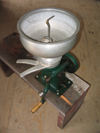
Cream separator
A cream separator separates the milk from the cream. Early farmers used these as the first step in a fairly lengthy process of making butter.
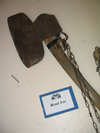
Broad Axe
The pioneers used broad axes when building log houses. Each log would be trimmed at least twice length-wise, so that logs could be stacked on top of each other.
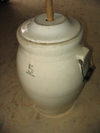
Butter Churn
In goes cream and out comes butter! Well, it probably wasn’t quite as easy as it sounds, but just maybe all the effort was worth it when you got to enjoy toast with homemade butter in the morning.
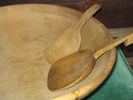
Butter Bowl
More often than not, a cream separator and a butter churn were not enough to make butter. A butter bowl and spoons were used to get the butter milk out of the mixture gotten from the butter churn leaving you with butter (in case you’re wondering, no, I don’t think I could’ve used the word ‘butter’ more times in the previous sentence.

Forge
A forge is a type of hearth used for heating metals, or the workplace (smithy) where such a hearth is located. The forge is used by the smith to heat a piece of metal to a temperature where it becomes easier to shape by forging, or to the point where work hardening no longer occurs.
